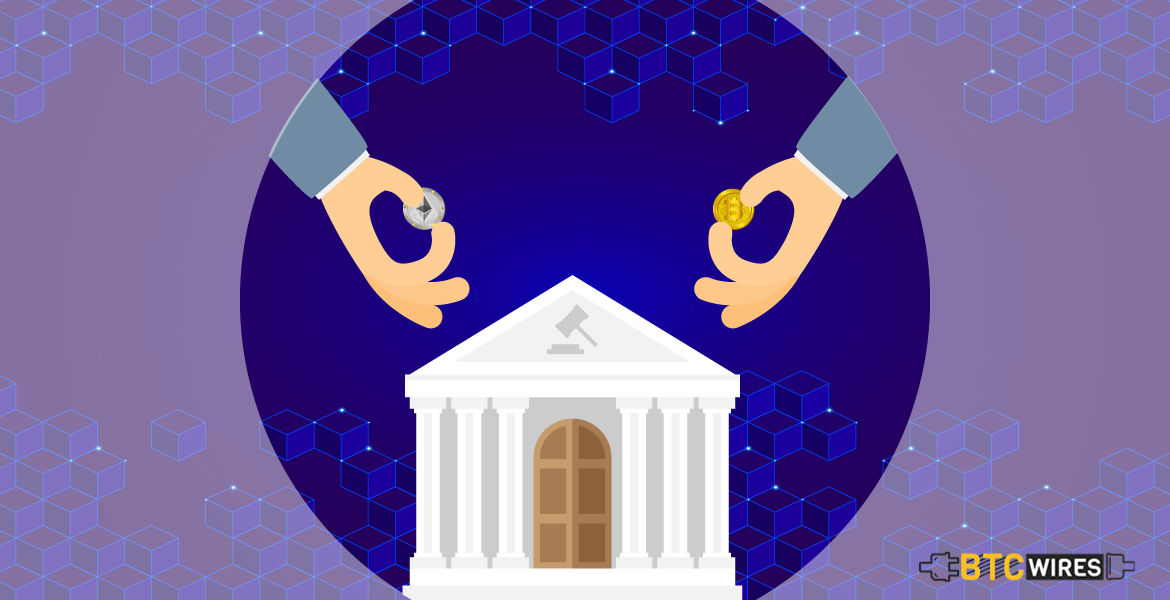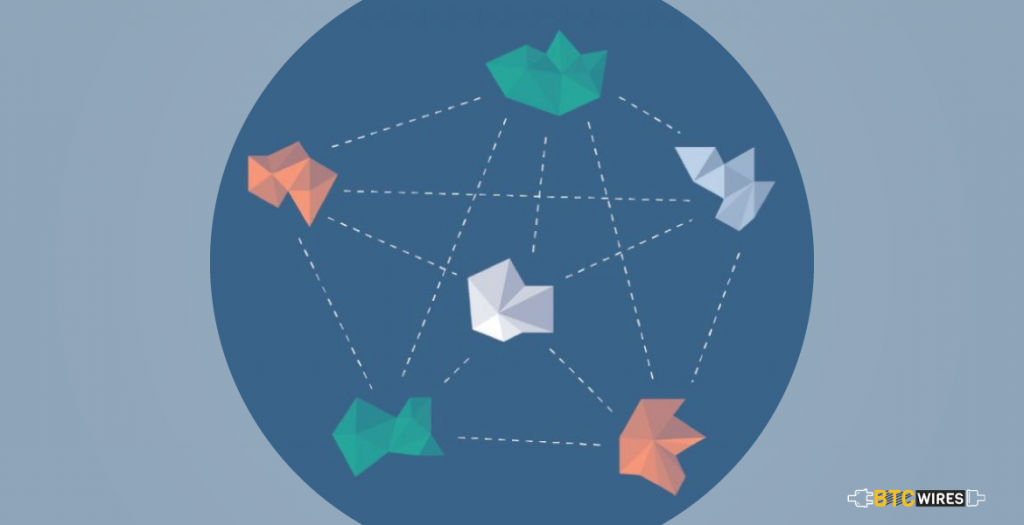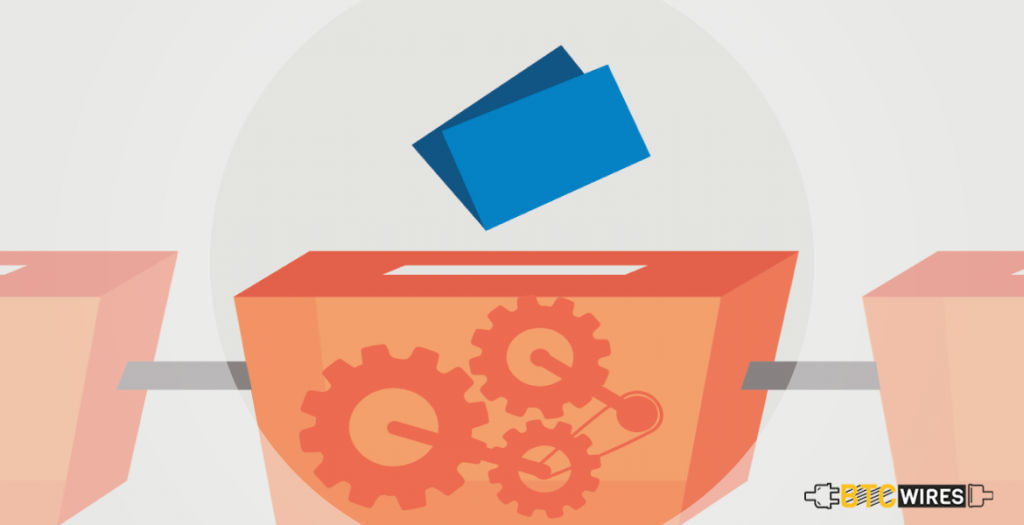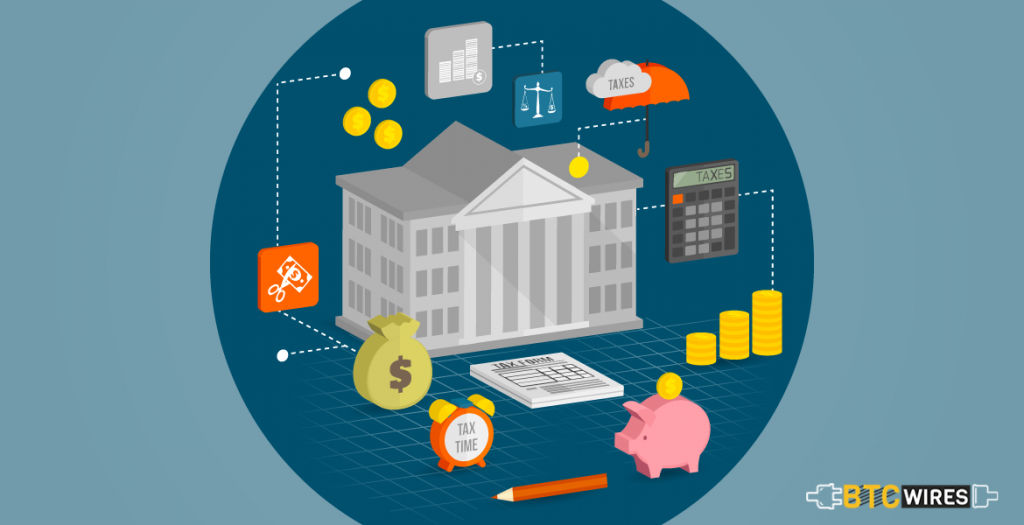Blockchain for Governance has become one of the most enthralling

Blockchain for Governance has become one of the most enthralling yet controversial topics today. Which blockchain systems can adapt, and how they make the arrangements will be significant to moulding the future landscape of the industry.
A Brief Of Our Current Governance Structure

Putting blockchain aside, it’s worth assessing how governance currently functions within major institutions as well as the internet for helping to give decentralized governance some context.
Governance has always been and will continue to be a polarizing topic. The authority afforded centralized tech companies, federal governments, mainstream media outlets, as well as other institutions has always been upfront of the debate.
Government models of the authority and power generally take decades to form and usually grow parallel to cultural changes. The rise of powerful tech organizations such as Facebook, Apple, Google and Amazon have happened so quickly that it becomes hard to measure a precedent for their dominance, mainly considering their dominance is over the internet, which is an entirely novel medium of communication. People’s rising addiction to the screens further provides media organizations similar power in dispersing the data to the public.
About the subsequent section on blockchain governance, the governance of current institutions can be broken down roughly into four categories including Consensus, Incentives, Information and Governing Structure.
This is the place governance ends up intriguing. What happens when governing structures can adjust all the more smoothly based on the above parts when connected to blockchains that exist as transparent and decentralized systems?
Here Comes Blockchain Governance

On the front-end, it’s essential to make the difference that blockchain is a novel technology, with several dynamic aspects and no real provably sustainable governance mechanism outside of Bitcoin. Governance in Blockchain can be separated into two primary categories: Off-Chain Governance and On-Chain Governance.
1. Off-Chain Governance

Off-chain governance closely resembles the traditional governing structure discussed above. Established digital currencies like Ethereum and Bitcoin use this model of governance through a balance of power among users, miners, developers and business entities as part of the community.
Thus far, Bitcoin’s sustainability can significantly be attributed to its recognition of the need for a slow evolution which is composed of slowly implementing the improvements. It’s primarily made possible by its BIP proposal system, conservative approach to the change by the core contribution to the solutions like the Lightning Network by several parties to expedite further adoption as well as on-boarding mainstream users.
2. On-Chain Governance

It is the most recent iteration of governance in blockchain that brings with it some captivating and polarizing concepts. Thus far, a number of on-chain governance implementations have either launched or not even launched yet.
On-chain governance solutions for blockchain initially apply some form of direct democracy via on-chain voting mechanisms optimized for that particular network. Without any doubt, governance models take a long time to develop. Considering that, managing hierarchical governance is a daunting challenge in itself.
Nobody can deny that EOS is a wonderful example of how difficult it is to use governance protocol and anticipate it to work out-of-the-gate. With the existing speed and access to the information today, the development of on-chain governance might be boosted, but it will still take a long time before effective models of on-chain governance prove their long-haul validity, if they ever do.
Some Platforms Using On-Chain Governance Protocols
Considering that it’s very easy to comprehend the models of on-chain governance by merely observing some platforms which are using on-chain governance protocols.
1. DFINITY
DFINITY is pegged as the “Internet Computer” that is adequately a decentralized cloud PC. Its Threshold Relay-based accord is intriguing, and another theme completely, so how about we concentrate its governance.
DFINITY implements a Blockchain Nervous System (BLS) which is an algorithmic governing mechanism to protect users from cyber attacks. Dynamically, it helps in optimizing the on-chain governance as well as security. Initially based on problems related to hacking where hackers abscond with stolen funds, DFINITY lets the chain rewrites in case an aggravated party gains support from the requisite number of peers to reverse the transaction taking place.
2. Tezos
Tezos is a well-known self-amending ledger formalizing on-chain governance. Just like DFINITY, Tezos’ unique approach towards the technology allows the participants of its proof-of-stake model to vote on everything, including chain rewrites. This shows similar issues as DFINITY, but without an algorithm, and specialized neurons to make the decisions as in the BLS.
3. Decred
Decred uses a more complex on-chain governance model that was predicted on distributing the power between stakeholders as well as miners. It has a hybrid proof-of-work/proof-of-stake consensus mechanism. Most importantly, it uses a self-funding model for the network like Dash which funds its development.
What Is The Future Of On-Chain Governance?

On-chain governance comes with some decisive implications. It has become a widely polarizing topic today in the cryptocurrency space. Fred Ehrsam offered an insightful Medium post about on-chain governance mechanics as well as their future potential. Conversely, Vlad Zamfir answered to Ehrsam’s post with some of his concerns around on-chain governance moving further exponentially.
Both positions point to the complexity related to blockchain governance and how many different iterations of decentralized governance people can see eventually. Even Haseeb Qureshi supplies a wonderful analysis of governance in the blockchain and articulates on precisely why they need not adopt traditional models of democracy as governance structures. Moreover, Vitalik Buterin has some excellent insights into blockchain governance.
Decentralized systems are tough to handle in the short-term if you really want to function properly. Including long-term sustainability via experimenting with bootstrapped governance models includes a layer of complexity which obscures any realistic projection of what future governance for blockchain may look like.
It makes no difference whether or not on-chain, off-chain or a combination of both governance models will ultimately take years to unfold. Over the period, there will definitely be some groundbreaking revelations in technology and evolving governance structures to fit the new paradigms of the decentralized internet.

